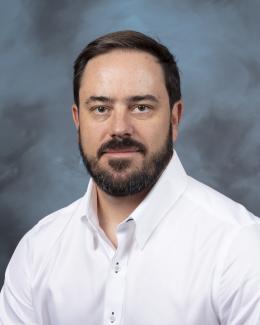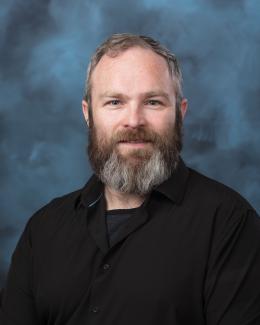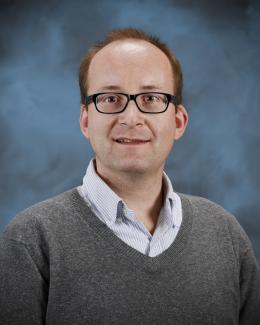Abstract
The atomic force microscope (AFM) offers unparalleled insight into structure and material functionality across nanometer length scales. However, the spatial resolution afforded by the AFM tip is counterpoised by slow detection speeds compared to other common microscopy techniques (e.g. optical, scanning electron microscopy etc.). In this work, we develop an AFM imaging approach allowing ultrafast reconstruction of the tip-sample forces having ~2 orders of magnitude higher time resolution than standard detection methods. Fast free force recovery (F3R) overcomes the widely-viewed temporal bottleneck in AFM, i.e. the mechanical bandwidth of the cantilever, enabling time-resolved imaging at sub-bandwidth speeds. We demonstrate quantitative recovery of electrostatic forces with ~10 µs temporal resolution, free from cantilever ring-down effects. We further apply the F3R method to Kelvin probe force microscopy (KPFM) measurements. F3R-KPFM is an open loop imaging approach (i.e. no bias feedback), allowing ultrafast surface potential measurements (e.g. < 20 µs) to be performed at regular KPFM scan speeds. F3R-KPFM is demonstrated for exploration of ion migration in organometallic halide perovskites materials and shown to allow spatio-temporal imaging of positively charged ion migration under applied electric field, as well as subsequent formation of accumulated charges at the perovskite/electrode interface. In this work we demonstrate quantitative F3R-KPFM measurements – however, we fully expect the F3R approach to be valid for all modes of non-contact AFM operation, including non-invasive probing of ultrafast electrical and magnetic dynamics.




